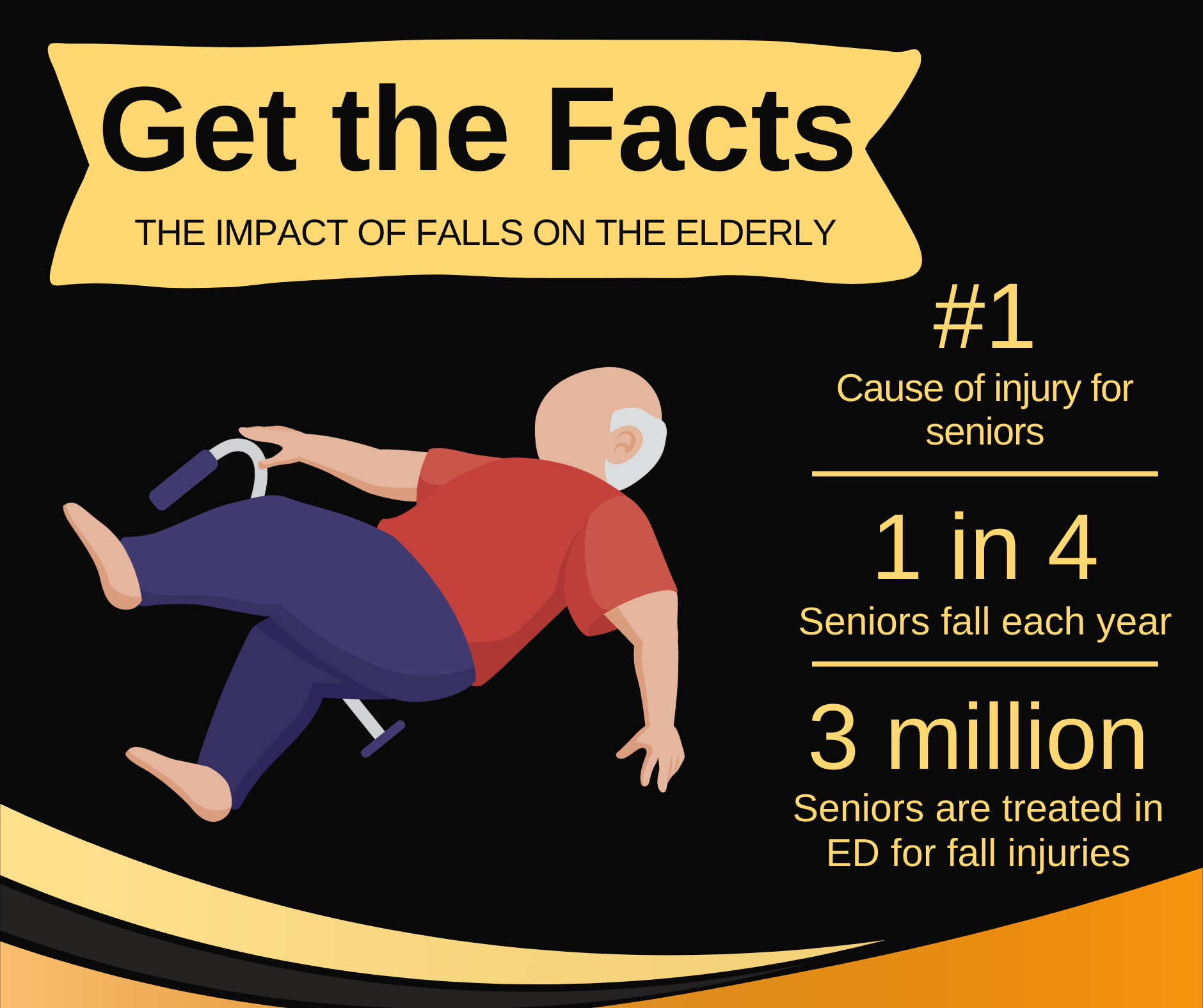
Concerns about falls are common among those with aging parents, as these incidents can jeopardize their independence. While not all falls result in physical injury, each one can significantly impact an individual’s mobility, daily activities, and ability to live independently.
Fortunately, falling is not an inevitable consequence of aging. However, several aging-related factors increase the risk of falls, including:
-
- Leg weakness
- Vitamin deficiency
- Medication use, such as sedatives or antidepressants, which can affect balance
- Vision problems
- Foot pain, numbness, or inappropriate footwear
- Home hazards, like uneven steps or loose rugs
Implementing lifestyle adjustments and participating in prevention programs can substantially reduce the risk of falls among seniors. Here are some proactive steps to take:
1. Consult Healthcare Professionals
-
- Request a fall risk assessment from a healthcare provider and discuss preventive measures.
- Have a pharmacist review all medications, including over-the-counter drugs, for potential side effects like dizziness or drowsiness.
- Inquire about the necessity of vitamin D supplements
2. Engage in Strength and Balance Exercises
-
- Seek guidance from a healthcare professional for a tailored home exercise regimen focusing on leg strength and balance improvement.
3. Undergo Regular Eye Exams
-
- Follow the CDC recommendation of annual eye check-ups to address any vision-related issues.
4. Create a Safer Home Environment
-
- Remove potential tripping hazards like throw rugs and magazines.
- Install secure railings on staircases, in bathrooms, and near toilets.
- Ensure adequate lighting throughout the home with brighter bulbs and nightlights.
By taking these proactive measures, seniors can significantly reduce their risk of falls and maintain their independence and quality of life.
1Centers for Disease Control and Prevention, National Center for Injury Prevention and Control. Web–based Injury Statistics Query and Reporting System (WISQARS) [online].